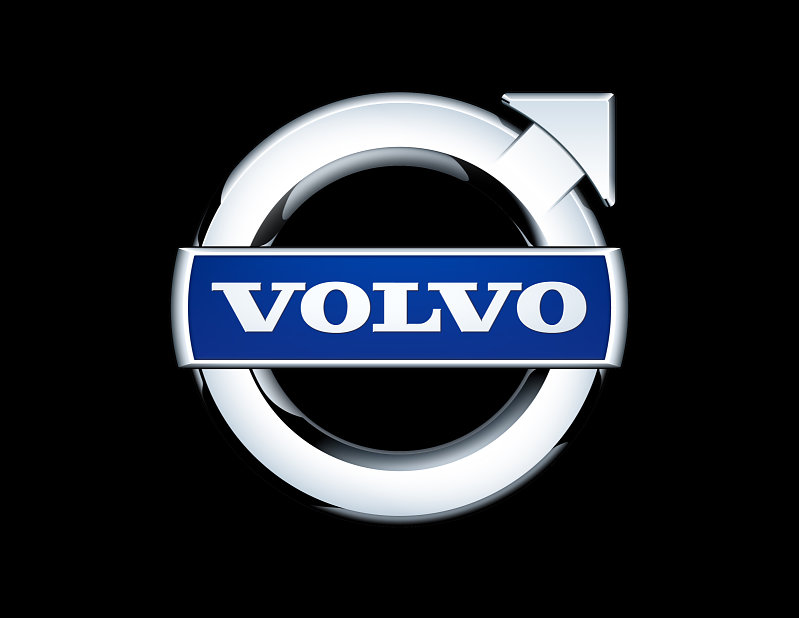Several years ago, Volvo “stole” the Super Bowl ad wars with an innovative social media strategy. What can you learn from Volvo’s brilliant campaign?
Here is how one of the most successful ad campaigns in Super Bowl history begins. “On Super Bowl Sunday, the U.S. is big, loud and expensive. Sweden is, well, Swedish. So how does Volvo compete with the other car brands and their millions spent on ads during the game? We don’t…we steal it!”
If you don’t remember the ad, it’s because it never ran on television during the game. Through social media channels, Volvo spread the word out: every time a competitor ran an ad during the game, viewers could tweet the name of a loved one to Volvo using a predefined hash tag. They would then be entered into a contest to win a free Volvo — a minimum $35,000 value.
The Campaign Helped Volvo Increase Sales of XC60 by 70%
Volvo received an average of 2,000 tweets a minute while competitor’s car commercials ran. The $60 million other automakers spent on commercials during the game turned into one long social conversation for Volvo. Did it translate into business? Well, sales of Volvo’s XC 60 model alone increased 70% in the months following the game.
Volvo literally changed the rules of the marketing game in its favor. Will they or another smaller company figure out a way to “punch above their weight” this year? More relevant to the vast majority of you who don’t consider the Super Bowl, or even advertising, in your marketing plan, what can you learn from Volvo’s strategy? Can you similarly change the rules of the game in your industry and gain significant market share? Here’s three things Volvo did right:
1. First, Do No Harm
We live in a time when tales of good and bad marketing and customer service travels faster than ever. Unfortunately, the state of customer service is worsening, at least according to a 2020 Arizona State University study called “the Customer Rage Study.”
The success of Volvo’s campaign outlines what’s at stake. The year of the Volvo campaign, competitors spent $60 million on Super Bowl car ads. Volvo spent next to nothing and achieved an estimated $44 million in media buzz alone — a value equal to over 80% of what all competitors spent! Clearly, many, many people who knew of Volvo’s campaign told many, many others.
Unfortunately, bad news travels fast too. Before you invest in a game-changing idea, make sure your reputation isn’t being undermined by poor customer service. Engage in complaint discovery and figure out the things you can’t fix for everyone that you could maybe fix for your best and high potential customers.
2. Be On Message!
We’ve all heard of social media fiasco’s that went horribly wrong. Smart companies like Amazon and Bloomingdale’s and IHOP have made mistakes in online campaigns when they attempted to be a little too “cute” and irreverent.
The secret to being appropriately and successfully irreverent is to have the campaign concepts and strategies emanate from the positive values that your brand owns. Volvo owns “safety” in the automotive market, and by proxy they test positive for family values and also for being understated.
The campaign, which encouraged participants to tweet a loved one’s name to enter them in the contest seemed like a great way for Volvo to also poke fun at its competitors’ exorbitant ad spending. It worked.
If you’d like to figure out game-changing strategies and campaigns in your market, it’s essential to start with the unique, important and believable positive values that the market associates with your brand. There are numerous paths to successful strategies from there.
3. Embrace the Power of the Worst Idea!
Coming up with a big campaign idea like Volvo’s can be difficult. We’ve seen many great campaigns come from a technique that our Caltech Executive Education colleague Bryan Mattimore wrote about in his book “Idea Stormers.”
The premise of the Worst Idea ideation technique is that people relax and have fun when coming up with bad ideas, relieving the stress of trying to think of good ones. The beauty of the approach is that a subset of really bad ideas can be modified slightly to become great, innovative ideas.
We often use the technique in our workshops after getting teams focused on their target markets and their “ownable” position as in #2 above. 40% of the time, the technique generates on message, potentially game-changing strategies.
As an example, we think we have uncovered that Lexus staged a fake recall right after its North American launch to showcase it’s world-class service. It’s sales sky-rocketed after this recall. If a fake recall isn’t a bad idea morphed into a game-changing one, we don’t know what is!
Three Steps to Change the Rules In Your Industry
We don’t know if a smaller company will intercept the Super Bowl again, but we do know that every industry is ripe for game-changing strategies. By plugging your customer service gaps, owning your company’s unique position in the market and seeding your strategies with some initially bad ideas, you could be the one changing the rules in your company’s favor!

 Tom Spitale
Tom Spitale
